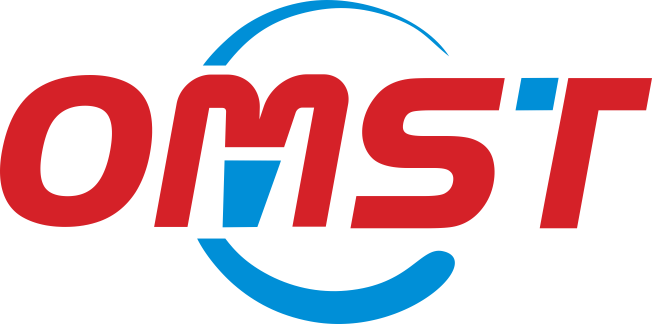The Complete Guide to Milling Cutter Classification: Structure vs. Application
Знакомство: Why Classification Matters
In mechanical machining, selecting milling cutter types directly impacts efficiency, cost, and quality. As core metal-cutting tools, milling cutters serve diverse needs through systematic classification. This guide analyzes the two fundamental approaches—by structure and application—to help you choose optimal tools for specific conditions.
I. Classification by Tool Structure
1. Solid Milling Cutters
- Feature: Integrated body/teeth (HSS or Carbide)
- Приложений:
Small-batch precision (например., medical parts)
Aerospace thin-walled components
- Advantages:
High rigidity for 12,000 RPM cutting
40% fewer operational errors (no blade changes)
2. Indexable Milling Cutters
- Проектировать: Reusable body + replaceable inserts
- Economic Benefits:
Inserts cost 30% of tool price
50% faster insert replacement
- Use Cases:
Automotive mass production (например., engine blocks)
Wind turbine gearbox roughing
3. Brazed Milling Cutters
- Structure: Brazed carbide inserts
- Cost Advantage: 40% cheaper than solid types
- Limitation: Avoid high-heat environments
- Application: General steel rough machining
II. Classification by Cutting Function
1. Face Milling Cutters
- Function: Surface machining
Optimization:
30°-45° helix angles for chip control
Diameter = 1.2-1.5× workpiece width
Scenarios:
Automotive engine block finishing
Gearbox base roughing
2. End Mills
Versatility: Slots, Полостей, 3D contours
Tech Advances:
TiAlN nano-coatings 3× lifespan
Long-neck end mills (5:1 length ratio)
Типы:
Ball-nose end mills (mold cavities)
Corn cob mills (heavy roughing)
3. Form Milling Cutters
Custom Design: Gear/cam profiling
Efficiency: IT7 tolerance in one pass
Приложений:
Aerospace turbine blades
Transmission synchronizers
4. Angle Milling Cutters
Angles: 45°-90° standards
Specialized Use:
Double-angle cutters for titanium
V-grooves with dedicated adapters
Tip: Use coolant for >60° angles
III. Руководство по выбору
Material-Based Choices
- >45 HRC: Carbide-coated cutters (high red-hardness)
- Нержавеющая сталь: PVD-coated brazed cutters (Антиадгезия)
- Алюминий: Fine-tooth HSS cutters (острые края)
Batch Production Tips
- High-volume (>500pcs): Indexable systems
- Small batches: Modular toolholders
- Prototypes: Solid cutters
Совместимость с машинами
CNC Centers: Indexable tools (auto-change compatible)
Manual Mills: Solid cutters
Material Strategies:
Алюминий: <3mm fine pitch
Титан: >8mm coarse pitch
IV. Myth-Busting
Myth 1: “Expensive = Better”
✓ Reality: Brazed cutters economize stainless roughingMyth 2: “Universal Tools Exist”
✓ Reality: Titanium needs anti-vibration groovesMyth 3: “Coolant Doesn’t Matter”
✓ Critical: Never use chlorine coolants with aluminum
V. Maintenance Tips
Wear Limit: Replace at >0.3mm flank wear
Storage: <60% humidity cabinets
Optimization: +20% cutting speed = longer life
Заключение
The dual milling cutter classification system (structure/application) enables smarter tool selection. Key considerations:
Production scale (mass vs. single-piece)
Material properties (hardness, stickiness)
Equipment type (CNC/manual)
Совет от профессионала: Combine indexable systems for cost efficiency with solid cutters for precision. Optimal matching boosts productivity 20-35% and extends tool life 1.5×.
 Прецизионные фрезы,Режущие инструменты для обработки любого материала с ЧПУ
Прецизионные фрезы,Режущие инструменты для обработки любого материала с ЧПУ
